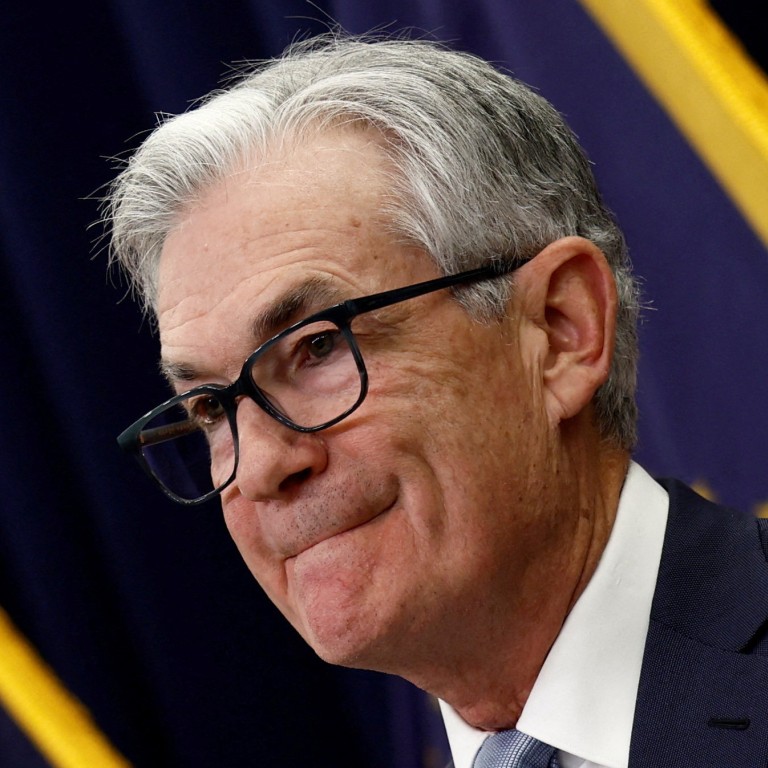
High interest rates will not become the new normal in 2023
- Interest rates may be up from their very low position a year ago, but that does not signal a permanent tightening of monetary policy
- Central banks know better than to sacrifice growth when inflation levels are already settling down
We are not in a global wage-price inflation spiral and all we are seeing is a normalisation of interest rates and a fluke opportunity for central banks to regain control of the yield curve and borrowing costs.
Central banks have been in crisis management mode for too long to change direction any time soon. There will be no return to the monetarist extremism of the 1980s as the present generation of central bankers in major economies lack the appetite for anything other than a gradual, managed recovery.
Stronger growth is still the priority over inflation risks. Inflation hawks are simply bluffing and wrong. The signs are that inflation risks are already receding, wage inflation seems reasonably muted and the need for higher interest rates is over.
Of course, it was a different matter in the high-inflation period of the late 1970s and 1980s when oil price shocks and hyperinflation were undermining global growth and monetarist zeal was ruling the roost in central bank thinking. With US inflation running to a peak of close to 15 per cent in early 1980, the Fed’s monetary response was merciless, driving the benchmark Fed funds rate to a high of 20 per cent by January 1981.
It took a terrible toll on the economy, pushing the US economy into a deep recession that lasted until late 1982, with unemployment surging to 10.8 per cent. As an experiment in practical macroeconomic management, monetarism was a disaster, eventually ditched by central banks as a price too high to pay for controlling inflation.
By the time the 1990s arrived, there was a sea-change in central bank thinking, with the Fed leading the way towards a much more pro-growth, market-friendly attitude to monetary management. Under the stewardship of former Fed chair Alan Greenspan, the approach was much more laissez-faire, maintaining interest rates at a relatively low level, thanks to falling inflation, allowing the US economy to run at a faster rate than would otherwise be considered appropriate.
What will the global economy look like in 2023?
It’s not the time to squeeze the life out of the economy just to settle a score with headline inflation risks, which are already over the worst.
The stronger US dollar has been a valuable foil against higher inflation, so maybe its 10 per cent fall since last September might be a reason for recent Fed caution on easing too soon. With headline inflation receding, the money markets should take the lead in driving interest rates lower, especially as worries about a sustainable recovery come into play.
David Brown is the chief executive of New View Economics

